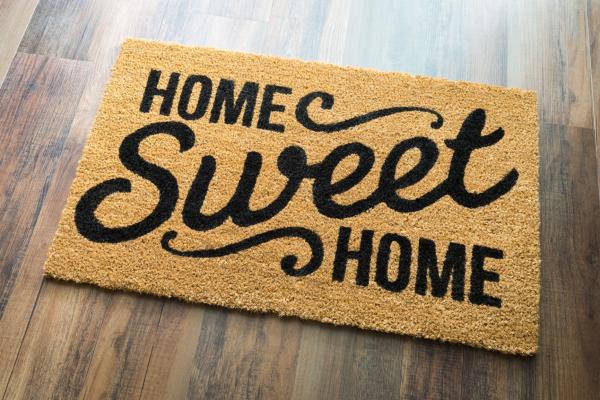
SDLT Higher Rates on Additional Dwellings - refunds in exceptional circumstances
When a person buys a dwelling, they pay a higher rate of Stamp Duty Land Tax (SDLT) if the property is not the only dwelling that they own. This is known as the Higher Rates for Additional Dwellings (HRAD). A payment of HRAD will be refunded where the new property replaces the person's main home and the previous main home is sold within three years of buying the new home.
The Government has recently announced its intention to change the HRAD legislation so that taxpayers can receive a refund outside this three-year period in exceptional circumstances. In order to qualify for a refund, the following conditions must be met:
- The new main residence was purchased on or after 1 January 2017;
- The taxpayer was prevented from selling their previous main residence before the expiry of the three-year time limit due to exceptional circumstance beyond their control.;
- They sold the previous main residence as soon as they reasonably could after ceasing to be so prevented.
HMRC says that the exceptional circumstances may include, but are not limited to:
- The impact of COVID-19;
- Action taken by a public authority
More information on the scope of this extension to the three-year period, including examples, can be found in HMRC's Stamp Duty Land Tax Manual. More information on how to apply for a refund can be found on GOV.UK.
Please note that the above applies to homes sold in England and Northern Ireland. Wales and Scotland have their own land and property transaction taxes.















